Three ways to enhance the health, safety and wellbeing of your fleet drivers
)
To avoid becoming part of these harrowing statistics, fleet operations must shift their focus to supporting driver wellbeing.
Wellbeing doesn’t sit in isolation from driving. The happier your drivers are, the safer they'll be. It's also no secret that happy employees are more productive, take more pride in their work, and strive to do the best job they can. The same goes for how they will fare when behind the wheel.
Research shows that people drive better and more safely when in a 'flourishing state' – happy and better equipped to engage with whatever they encounter while on the road.2
So here are three simple yet effective ways to enhance your organisation’s fleet safety and the wellbeing of your drivers:
1. Start with the driver in the mirror
Lead the way. When you focus on being a safer driver, your efforts to encourage the team to become better drivers will be far more successful. Looking at how you make decisions about driving (and work and life – it’s all related) gives you the chance to improve and the empathy to understand the actions of others.
Checking in with yourself whenever you get behind the wheel to determine if you’re okay to drive is a great place to begin. Completing higher-level driving skills training and taking self-reflective courses around subjects that affect your driving are even better ways to continue.
2. Check in with your team
An inclusive wellbeing approach covers more than just what your employees' driving is like while on the clock. This is because life affects work (and driving), and work affects life (and driving).
Check in with your staff regularly to see how they are, help them learn the triggers that cause them to feel stressed or rundown, and offer your support.
3. Look out for signs of fatigue
Any significant change to routine or life events that happen to us can negatively impact sleep patterns and, subsequently, our capacity to drive safely. We saw this when we were in lockdown during the Covid-19 pandemic. However, we can see this in the lives of our employees at any given time with the stresses in both work and personal realms.
Is your team getting enough sleep? Remind your team to be aware of the warning signs of fatigue, ask them to prepare well for their journey, and, where possible, avoid driving when they would usually be asleep.
The link between driver wellbeing and safety is a critical yet often overlooked in fleet risk management. Research confirms that drivers' psychological health directly impacts their safety on the road. Recognising this, organisations need to implement robust health, safety and wellbeing policies and procedures.
Craig Cockerton is the CEO of Fleetcoach, a leading provider of online driver training solutions. He has over 20 years of experience in the field and has led the development of new and innovative training programs at Fleetcoach for the last 11 years. Under his leadership, Fleetcoach has won numerous awards for excellence in driver training.
Craig will speak at the Workplace Health and Safety Show in Melbourne on 22 May. His presentation, “Reimagining workplace driver safety: Who are you really protecting?” will provide best practice advice on how organisations can effectively avoid common pitfalls in fleet safety.
Fleetcoach will be at Booth H16, ready to provide advice for improving the safety and wellbeing of your drivers and reducing risk to your business.
References:
1 Key Work Health and Safety Statistics Australia, 2023 https://data.safeworkaustralia.gov.au/insights/key-whs-stats-2023
2 The way we drive, the way we live. Here’s why it’s the same thing, Fleetcoach 2015 https://www.fleetcoach.com/blog/the-way-we-drive-the-way-we-live-here-s-why-it-s-the-same-thing

